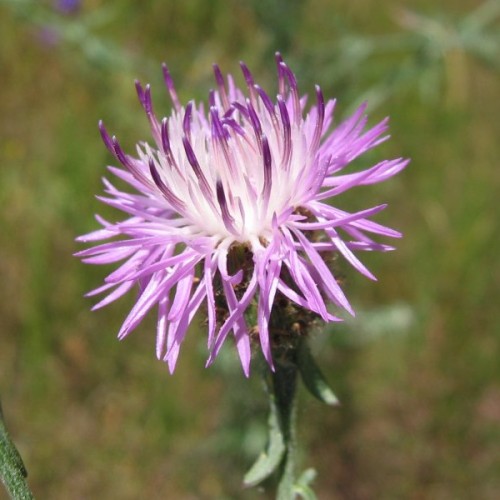
Spotted Knapweed
Centaurea stoebe subsp. micranthos
Watering:
Minimal
Hardiness Zone:
Sun:
full sun
Fruits:
Fruits Ready In
Leaf:
Yes
Growth Rate:
High
Drought Tolerant:
Yes
Salt Tolerant:
Yes
Thorny:
Yes
Invasive:
Yes
Care Level:
Medium
watering
Yellow Starthistle needs regular watering during the growing season. In areas of low rainfall, it is advisable to water the plant every 2 - 3 weeks. You can water a bit more often if conditions are especially hot or dry. When you water, make sure to saturate the soil, soaking it with several gallons of water, then allow the soil to dry out completely before watering again. In winters, the plant requires much less water and you only need to water when the soil has become completely dry.
sunlight
Yellow Starthistle (Centaurea solstitialis) thrives best in sunny environments, particularly locations that receive at least 6-8 hours of direct sunlight each day. If grown in partial shade, the plant may become more susceptible to disease or insect damage. During the summer months, it’s best to keep the plant out of the hottest part of the day, providing some shade on very hot days.
pruning
Yellow Starthistle (Centaurea solstitialis) should be pruned at the end of its flowering season in late fall. The plant can tolerate a range of pruning activities, from light trimming to removing dead flowers. Additionally, it should be pruned to prevent it from overgrowing its allotted space in a garden or to maintain its overall shape. It is important to prune back the stem after the last flower has bloomed or when the plant begins to wilt to avoid getting a new flush of growth before winter. It is also recommended to reduce the height of the plant to prevent it from becoming a nuisance in the garden. Pruning should be done with sharp and clean pruning shears to avoid damaging the stems.
